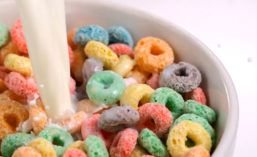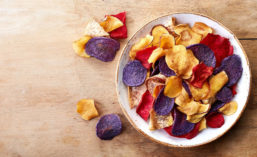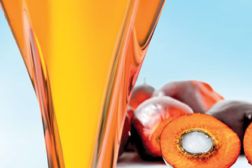Home » Keywords: » natural colorants
Items Tagged with 'natural colorants'
ARTICLES
California Natural Color using IFT to showcase new shades of natural purple
Read More
The Future of Natural Colors
Product developers identify cutting edge solutions to modern color formulation challenges
March 28, 2024
Bright, Natural Colors for Snacks Attract and Deliver on Novelty, Nostalgia, and Clean Label
In 2022 and beyond, food brands and product developers will need to create sweet and salty snacks with vibrant colors and cleaner ingredient lines
July 27, 2022
2020 PREDICTIONS: COLORANTS
Color Technologists are Creating Safe,Stable, Long-Lasting Natural Colors
In many cases, suitable "one-for-one" synthetic food colorant replacements do not exist
December 19, 2019
Natural Vegetables
Vegetable juices add natural flavor, color, taste appeal to on-trend seasonal products.
November 10, 2014
Abstracts
Natural Colorant with More: Benefits of Red Palm Oil
Palm fruit flesh provides an intense red color.
March 21, 2013
Unlock the Future of Food and Beverage Innovation
Are you a leader in research & development? Stay ahead of the curve with Prepared Foods, the premier source of information and insights for today's trend leaders and taste-makers in food and beverage manufacturing.
JOIN TODAYCopyright ©2025. All Rights Reserved BNP Media.
Design, CMS, Hosting & Web Development :: ePublishing







